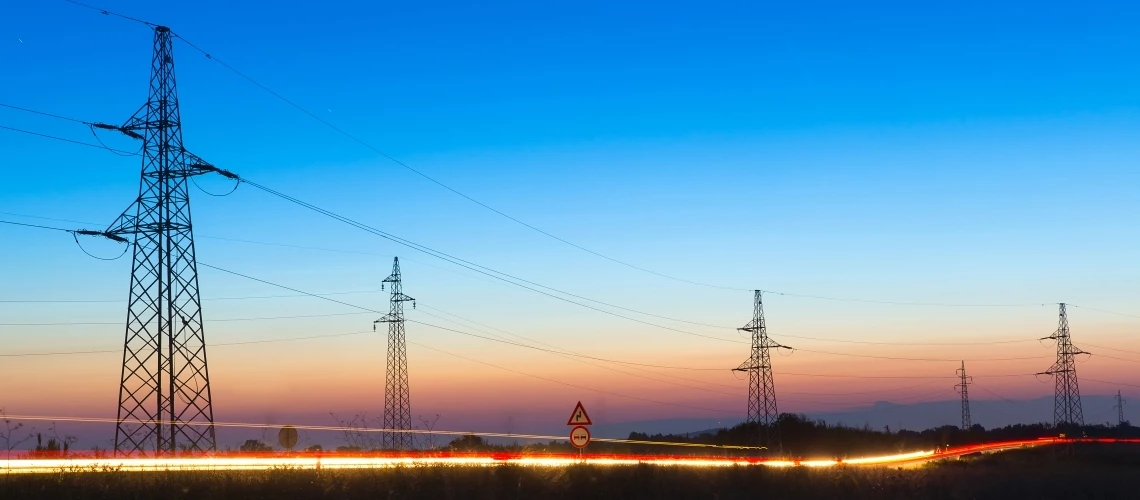Envision a large-scale wind farm producing clean electricity at full tilt. At the same time, a growing city with consumers and industries is eager to power their computers and machinery. Sounds ideal. But what if this power cannot be readily transmitted from the wind turbines to all who need it? Households, businesses, and entire economies will suffer.
Renewables like wind and solar can only be transformative if electric utilities—the critical link of the power system—are strong. As the stewards of the world’s power grids, utilities are key to delivering the dual goals of the clean energy transition: decarbonizing electricity supply and demand while providing electricity to the nearly 700 million people globally who still lack it. Achieving this monumental task requires financially sustainable utilities that can mobilize new investments to modernize networks and manage ever-more complex customer needs.
But utilities and the electrical grids they operate are in dire straits in many developing countries. A new World Bank database reveals that less than 40 percent of utilities generate enough revenue to cover their operating and debt service costs—the bare minimum for financial sustainability. A combination of high costs, low tariffs, high electricity losses in distribution, and poor planning perpetuates cycles of underperformance. This leads to underinvestment and an increased reliance on government subsidies, eventually straining national budgets while leaving many consumers without reliable power.
Share of Utilities by Country Group
These pressures on utilities will only increase, and the inadequacies become more glaring, as countries accelerate towards renewables and universal access. Sites that are suitable for renewable energy sources, such as wind and solar farms, are often far from cities, requiring more transmission lines to transport renewable energy to customers. But distance is not the only complicating factor. Wind and solar power can vary from one season to the next, even from one minute to the next. To manage those dips and surges, existing infrastructure must be upgraded. Utilities will also need to invest more in managing higher volumes of distributed energy resources, such as rooftop solar, which more and more customers are now using to power their homes while selling excess electricity back to utilities.
This will require substantial capital investments, mainly from the private sector. But the reality is that access to private financing remains limited and expensive for many utilities in low- and middle-income countries. Due to the high cost of capital, World Bank estimates show that the price tag for decarbonizing power systems in low- and middle-income countries is over 30 percent higher than in developed countries.
While formidable, these challenges are not insurmountable. Our new report,The Critical Link: Empowering Utilities for the Energy Transition, serves as a call to action for policymakers, regulators, utilities, and financiers. Working together, these stakeholders can build utilities capable of navigating the rapidly shifting power landscape and seize new opportunities to improve their performance.
Laying the foundations for sustainable utilities starts with governments. By crafting supportive policies and transparent procurement rules, they can lower utilities’ investment costs by reducing investor risk and streamlining planning. Regulators, in turn, must ensure that utilities are able to recover reasonable costs through tariffs, and encourage investment in efficient, resilient networks. Even in countries with sound policies and regulations, utilities must play their part by improving their customer billing and metering and by embracing better business practices and technologies to build trust with customers and investors.
The longer these efforts are delayed, the harder it will be for utilities to provide affordable, reliable, and sustainable electricity to their customers.
The good news is that well-run, well-regulated utilities operating in supportive environments will thrive. They will be able to provide clean, affordable electricity that meets the needs of an ever-expanding customer base while earning a reasonable return on investment. In contrast, utilities unable to recover their costs, operating in unpredictable political and regulatory environments and lacking managerial and technical capabilities, will put decarbonization and universal access targets at risk.
To date, the goals of the energy transition and universal access have received more attention than the importance of utilities in achieving them, especially in developing countries. Our new report fills this gap, charting a way forward to help improve the viability of utilities and realize our global energy and development goals.



